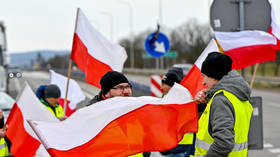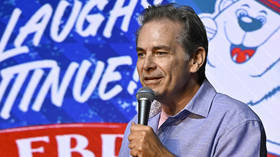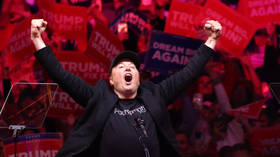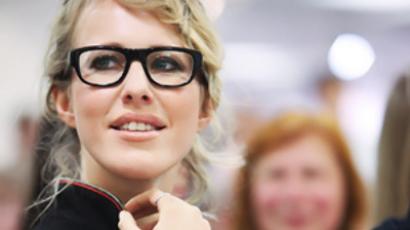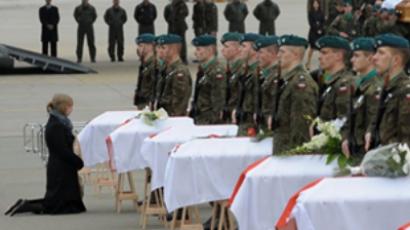Russian Orthodox Christians mark Christmas
Orthodox Christmas services were held across the whole of Russia last night, January 6, with about three million people taking part.
Congregations gathered in over 80,000 cathedrals, churches and monasteries across the country, including the country’s main Orthodox cathedral in Moscow, Christ the Savior, where people of different ages and professions came together to celebrate the birth of Christ.
Russian Orthodox Christmas is celebrated on January 7, and unlike the Catholic holiday, it remains more of a family feast with strong religious meaning.
In the Cathedral of Christ the Savior, the head of the Russian Orthodox Church, Patriarch Kirill, led the service. President Dmitry Medvedev was there with his spouse, attending the ceremony.
The country’s Prime Minister, Vladimir Putin, in accordance with his tradition of celebrating Christmas outside of Moscow in Russian cities and towns, was in the cathedral of Kostroma, which is about 350 kilometers northeast from Moscow.
About 3,000 people were present at Christ the Savior Cathedral despite the severe frost; it’s minus 15 degrees Celsius outside. For the purpose of delivering people back home after the celebrations, public transport is working all night.
Father Georgy Zavershinsky from the Department for External Relations of the Moscow Patriarchate says there are no restrictions, so if you want you may take a seat during the liturgy, and the attendants stand out of respect for the ceremony.
“None of them is wishing to take a seat,” Father Zavershinsky told RT. “They recognize the solemnity and importance of the service. It’s more useful to pray standing than sitting.”
On Christmas Day when the first star in the sky appears, after a day of worship and celebration with family and friends, there is a feast which ends a 40-day fast – the second longest fast in the Russian Orthodox tradition, second only to the fast that precedes Easter, which lasts seven weeks.The Russian tradition of Christmas celebration differs from the Western one. In the West it’s about Santa Claus, Christmas gifts and decorating Christmas trees. Those habits are alive in Russia as well, but after the revolution of 1917, religion and Christmas services were banned throughout Russia, and those traditions were transferred to the New Year’s holidays.
The difference in the dates of celebration of Catholic and Orthodox Christmas comes from the fact that January 7 is actually December 25, but according to the Julian, not Gregorian, calendar.




